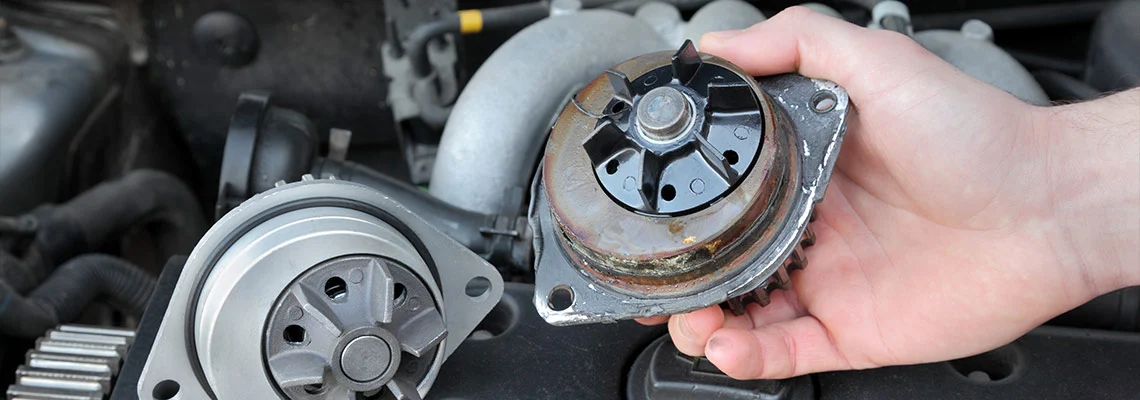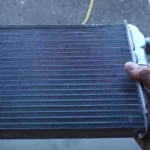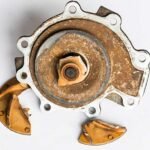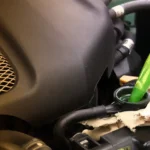
A Simple Guide to Your Car’s Water Pump
Introduction
One of the essential components of your car’s cooling system is the water pump. It plays a crucial role in keeping your engine cool and preventing overheating. In this guide, we will provide you with an overview of the water pump, its function, signs of a failing water pump, and maintenance tips to keep it in optimal condition.
What is a Water Pump?
A water pump is a vital part of your car’s engine cooling system. Its primary function is to circulate coolant throughout the engine, helping to dissipate heat generated by the combustion process. It ensures that the engine operates within the optimal temperature range and prevents overheating.
Signs of a Failing Water Pump
Recognizing the signs of a failing water pump is crucial to prevent potential engine damage. Here are a few common indicators that your water pump may need attention:
- Engine overheating: If your engine temperature gauge consistently shows higher than normal readings, it could be a sign of a malfunctioning water pump.
- Leaking coolant: Puddles of coolant underneath your car or visible coolant leaks near the water pump area are clear signs of a problem.
- Unusual noises: A squeaking or grinding noise coming from the front of your engine may indicate a faulty water pump bearing.
- Steam or smoke from the engine: If you notice steam or smoke coming from under the hood, it could be a result of coolant leaking onto hot engine parts.
Maintaining Your Water Pump
Proper maintenance can help extend the lifespan of your water pump and prevent costly repairs. Here are some tips to keep your water pump in good condition:
- Regularly check the coolant level: Ensure that the coolant reservoir is filled to the recommended level. Low coolant levels can put additional stress on the water pump.
- Inspect for leaks: Routinely check for any signs of coolant leaks around the water pump or underneath your car. If you notice any leaks, have them repaired promptly.
- Change the coolant as recommended: Over time, coolant can become contaminated and lose its effectiveness. Follow the manufacturer’s recommendations for coolant replacement intervals.
- Replace the water pump as needed: If you experience any of the signs mentioned earlier, have your water pump inspected by a professional mechanic. Depending on the severity of the issue, they may recommend a repair or replacement.
- Follow your car’s maintenance schedule: Regularly servicing your vehicle according to the manufacturer’s recommendations can help identify potential water pump issues before they become major problems.
Conclusion
Your car’s water pump is a critical component of the cooling system that helps regulate the engine’s temperature. Recognizing the signs of a failing water pump and maintaining it properly can prevent engine overheating and costly repairs. By following the tips provided in this guide, you can ensure that your water pump operates efficiently, keeping your engine cool and running smoothly.




